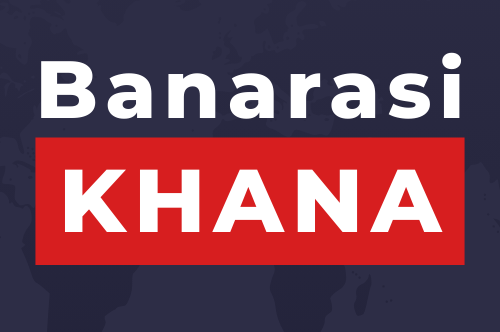The Future of Content Creation: How Natural Language Generation is Changing the Game
Content creation has always been a critical aspect of marketing and communication. Whether it’s writing blog posts, social media updates, or email campaigns, businesses rely on high-quality content to engage with their audience and drive results. However, as the demand for content continues to grow, the traditional methods of content creation are not always sustainable. This is where Natural Language Generation (NLG) comes into play.
NLG is a technology that allows machines to generate human-like text by using algorithms and data. This means that NLG can be used to automate the writing of content, thus saving time and resources for businesses. NLG can be used for a variety of content types, such as reports, product descriptions, and even news articles. As a result, NLG is revolutionizing the way content is created and consumed.
One of the most significant advantages of NLG is its ability to scale content production. With NLG, businesses can generate large volumes of content in a fraction of the time it would take for a human to write the same amount. This is particularly beneficial for businesses operating in fast-paced industries, such as e-commerce or news media. By leveraging NLG, these businesses can keep up with the demand for fresh and relevant content without sacrificing quality.
Another benefit of NLG is its ability to personalize content at scale. By using data and machine learning, NLG can create content that is tailored to the individual preferences and needs of the audience. This can lead to higher engagement and conversion rates, as the content is more relevant and valuable to the reader.
Furthermore, NLG can help businesses stay ahead of the curve in terms of content trends and SEO. By analyzing data and consumer behavior, NLG can predict which topics and formats are likely to perform well, allowing businesses to optimize their content strategy and stay competitive in their industry.
Despite these benefits, some may argue that NLG could replace human writers and therefore, jeopardize job opportunities in the industry. However, the role of NLG in content creation is not to replace human writers, but rather to enhance their capabilities. Rather than having writers spend time on repetitive and time-consuming tasks, NLG can handle those tasks, freeing up writers to focus on more high-value activities, such as strategy, creativity, and analysis.
In conclusion, the future of content creation is being shaped by Natural Language Generation. NLG is revolutionizing the way businesses create and deliver content, making it faster, more personalized, and more effective. While the technology is still in its infancy, the potential for NLG to change the game in content creation is undeniable. Businesses that embrace NLG as part of their content strategy will have a competitive advantage in the ever-evolving landscape of digital marketing and communication.






